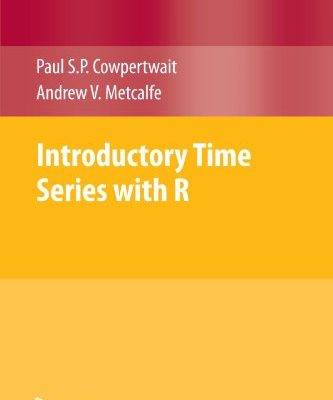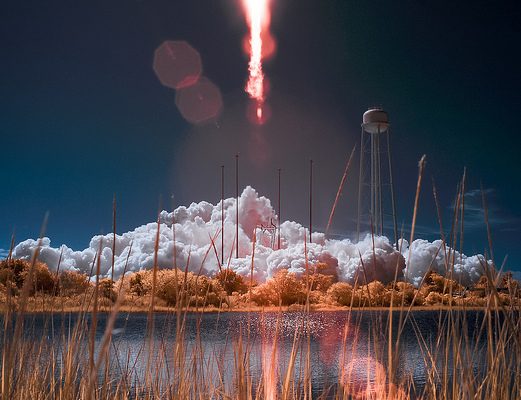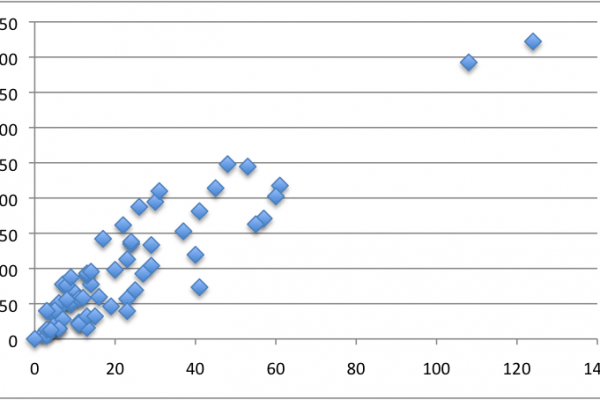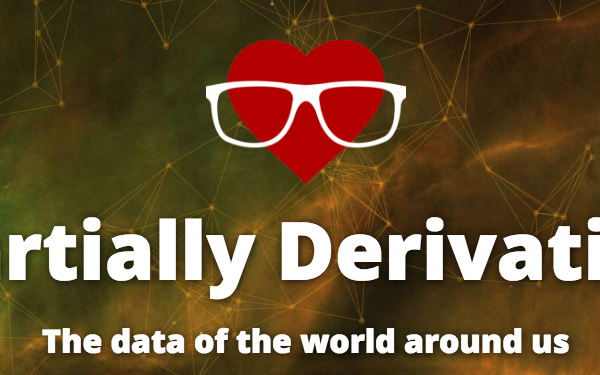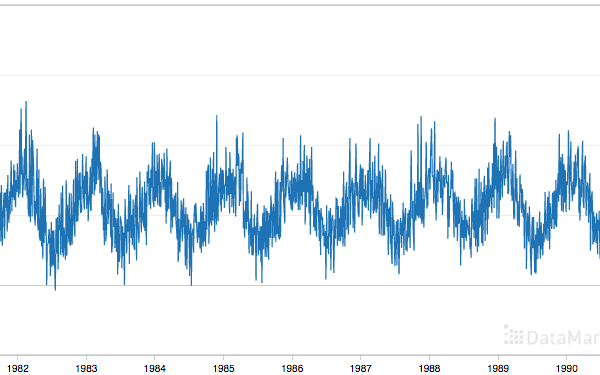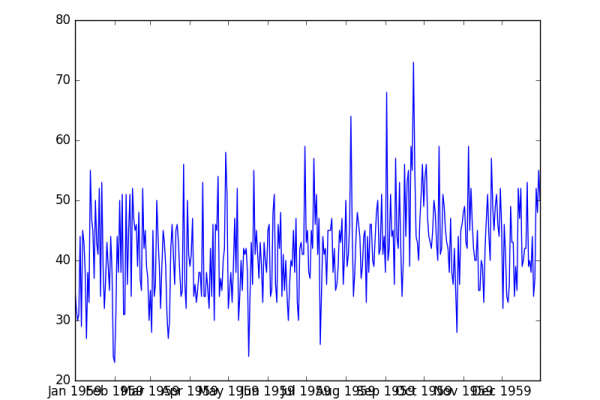Top Books on Time Series Forecasting With R
Last Updated on August 15, 2020 Time series forecasting is a difficult problem. Unlike classification and regression, time series data also adds a time dimension which imposes an ordering of observations. This turns rows into a sequence which requires careful and specific handling. In this post, you will discover the top books for time series analysis and forecasting in R. These books will provide the resources that you need to get started working through your own time series predictive modeling […]
Read more